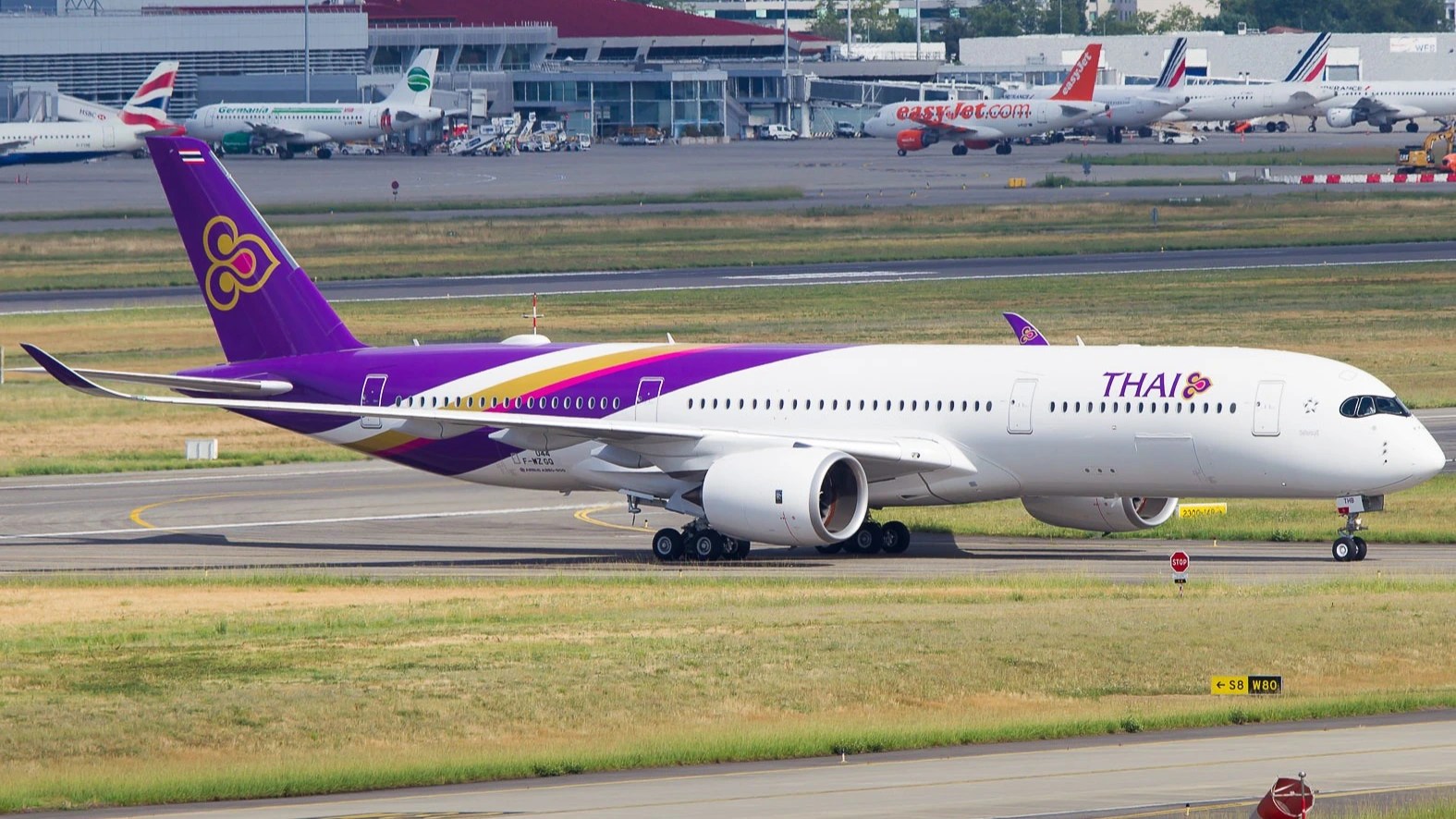Thai Airways has made an exciting advancement in its service offerings by launching the Premium Economy Plus cabin on flights from Bangkok (BKK) to several key destinations, starting with routes to the Indian subcontinent. This move positions the airline to cater to a growing demand for enhanced travel comfort without the full expense of business class. The new cabin features lie-flat seats arranged in a herringbone layout, which provides an elevated experience that differentiates it from both traditional premium economy and standard economy options.
Overview of Premium Economy Plus
The Premium Economy Plus cabin aims to bridge the gap between economy and business class, offering a more comfortable travel experience for passengers. Using Airbus A330-300 aircraft leased from Virgin Atlantic, Thai Airways has introduced a product primarily designed for corporate travelers who often face restrictions on their travel budgets, thus making the new cabin an attractive option for flying long distances without a steep fare increase.
Key Features
Seating and Comfort: Each seat offers a generous 38 inches of width and pitch, which is a notable increase over standard economy seating. The lie-flat beds allow for a restful journey, particularly beneficial for longer flights.
Onboard Amenities: Notable amenities include privacy dividers, direct aisle access for each passenger, and adjustable lighting designed to sync with passengers’ circadian rhythms.
Culinary Offerings: Thai Airways prides itself on its in-flight culinary experience, featuring a selection of premium beverages and Thai-inspired cocktails, further enhanced by a lounge area available for light snacks during the flight.
- Entertainment: Each seat is equipped with a 16-inch touchscreen featuring a wide array of films and TV series, offering sufficient entertainment options for passengers to enjoy during their travel.
Comparison with Global Industry Standards
The introduction of Premium Economy Plus by Thai Airways aligns with a trend seen across various international carriers. Many airlines, such as Air New Zealand and Delta Air Lines, have adopted similar herringbone seat configurations that cater to premium economy travelers. This trend illustrates the airlines’ acknowledgment of a demand for better mid-tier travel options, particularly as the travel industry continues to rebound post-pandemic.
Delta Air Lines, for instance, is exploring a “Basic Business” variant that maintains the lie-flat seating feature while minimizing additional perks typical in full business class offerings. This approach is mirrored in Thai Airways’ strategy as both airlines try to meet the evolving needs of their passengers while managing costs.
Market Position and Initial Rollout
Thai Airways is currently limiting the Premium Economy Plus offering to routes between Bangkok and major cities in India, including Delhi and Mumbai. This strategic choice allows the airline to quickly roll out the new cabin using leased aircraft without requiring extensive fleet retrofits.
As booking opens through the airline’s website and app, frequent flyers can expect mileage awards from Star Alliance partners, although the details around Royal Orchid Plus redemption rates and other associated perks are still to be clarified. Initial feedback suggests a potential interest from travelers, especially given the lucrative pricing dynamics associated with flights to high-demand destinations.
Implications for Travelers and the Travel Industry
The addition of a Premium Economy Plus cabin represents a significant evolution in how airlines are segmenting their offerings. This could potentially lead to a shift in corporate travel policies, as businesses may well adapt to accommodate such hybrid cabin options while balancing cost and comfort.
As Thai Airways continues to refine the details surrounding the Premium Economy Plus experience, the airline may also explore expanding this offering beyond the Indian routes to cater to other high-demand markets in Asia. This could result in increased competition among airlines striving for customer loyalty by providing enhanced flight experiences without the high financial barriers typically associated with business class travel.
Conclusion
In summary, Thai Airways’ launch of the Premium Economy Plus cabin is an innovative response to passenger demand for increased comfort in mid-tier travel. With its strategic introduction on select routes and a strong focus on customer experience, the airline positions itself to not only meet current market needs but also to influence future trends in the aviation sector. Travelers seeking a more luxurious experience without breaking the bank will likely benefit from this new offering as Thai Airways seeks to capture and retain a broader customer base in an increasingly competitive airline market.
Stay connected to Thai Airways for further updates and developments on this product as more information continues to be released, providing insights into a reshaped travel experience.








